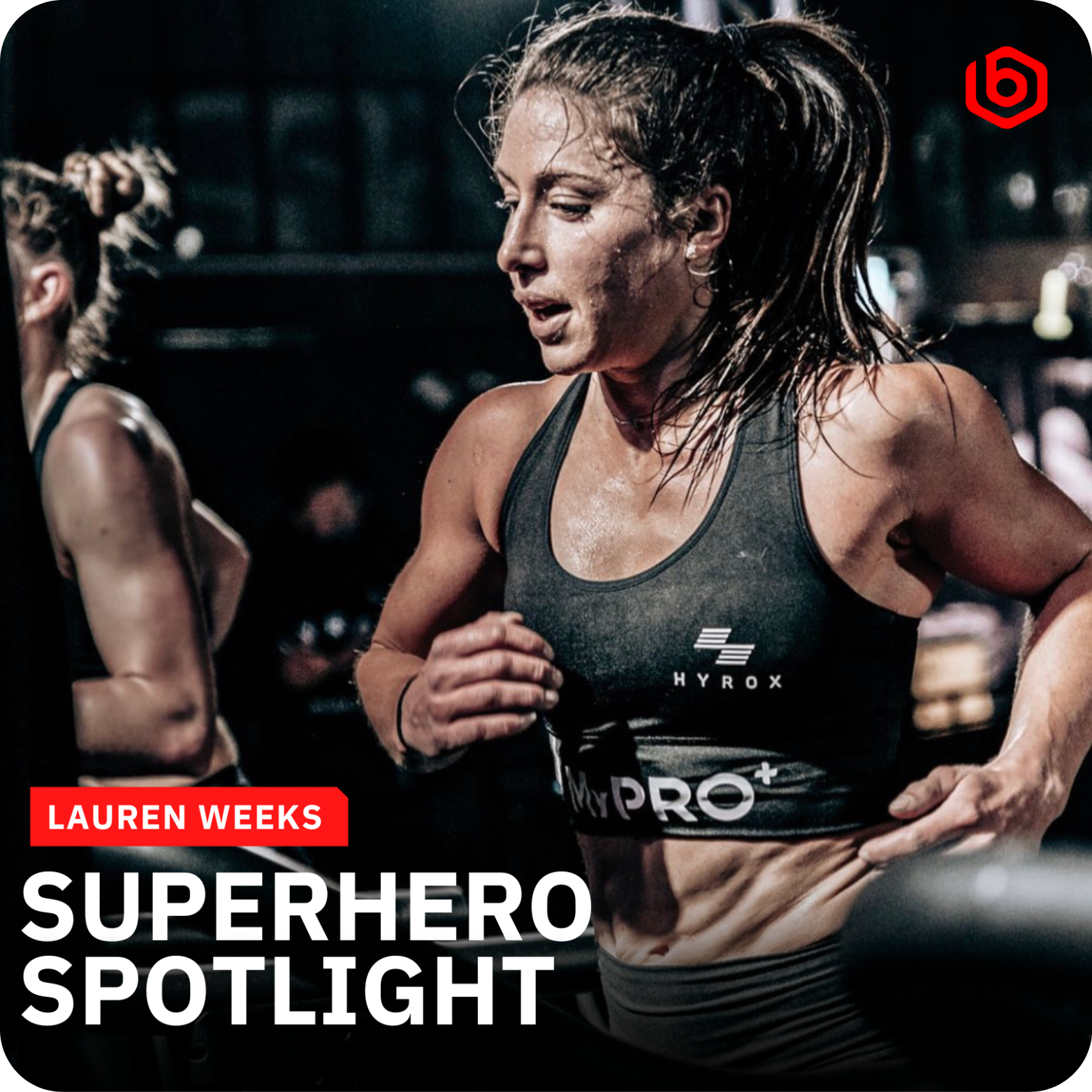While the last few Septembers have been trending warmer, our days are still getting shorter and chillier. Darker days are on the horizon, and with that comes the annual arrival of SAD: Seasonal Affective Disorder.
Do you notice feeling depleted of energy throughout most of the winter, and immediately feeling better once the first sunny days of spring arrive? It may not just be the winter blues - you may be one of millions who experience Seasonal Affective Disorder every year.
The best way to protect our future selves from being too badly affected by SAD is to anticipate it now and build the right habits that will get us through the darker days ahead - while there’s still a lot of sunlight.
In this article, we’ll go over:
- What is Seasonal Affective Disorder?
- How to cope with SAD?
- A full body workout to combat SAD
 In Photo: Rubber Hex Dumbbell Set, Squat Rack, Competition Barbell, Bumper Plates, Turf Tiles
In Photo: Rubber Hex Dumbbell Set, Squat Rack, Competition Barbell, Bumper Plates, Turf Tiles
What is Seasonal Affective Disorder?
Seasonal Affective Disorder, or SAD, is a type of depression that returns seasonally with symptoms lasting 4-5 months every year, with January and February as the most difficult months. Most people with SAD experience symptoms that start in the fall and worsen into the winter months, feeling drained of energy.
While the causes of SAD are not completely understood, it is linked to biochemical imbalances in the brain made worse by shorter daylight hours and less sunlight in the winter. Because of this shift, our circadian rhythms are disrupted and out of sync with their usual schedule.
When the circadian rhythm is disrupted, our bodies have a more difficult time regulating things like mood, appetite and sleep.
Additionally, the increase of darkness in winter months lead to our bodies producing more melatonin and less serotonin. Melatonin makes us sleepy, while serotonin is the feel good hormone.
The symptoms of SAD include:
- Depression symptoms including hopelessness, sadness, low energy, loss of interest in hobbies, agitation, suicidal thoughts, and difficulty concentrating
- Oversleeping
- Overeating
- Weight gain
- Social withdrawal or isolation
- Feelings of guilt
People already struggling with mental illnesses like major depressive disorder, generalized anxiety disorder, attention deficit disorder, eating or panic disorders are more susceptible to SAD, as are:
- Women, who are 4x more likely to be diagnosed than men
- Those who live far from the equator
- Those who have SAD in their family history

In Photo: Twist Adjustable Dumbbells and Rack Bundle, Premium Exercise Bench
How to cope with SAD?
While it’s normal to want to hunker down and stay inside during the cold winter months, SAD is a condition that affects one’s energy and motivation - negatively impacting relationships and work. Seasonal Affective Disorder is a much more intense form of the winter blues.
If you recognize the symptoms in yourself, you can be proactive and start taking steps to anticipate it now before it gets too dark and cold.
Here are some lifestyle shifts you can make to protect yourself from the worst of SAD:
-
Let there be light.
As soon as you wake up, open your windows and bring in as much natural light as you can into your space. If you can, set up your work station near a window.
Natural light helps your body’s circadian rhythms get more in sync - so even on gloomy days bundle up and go outside for a walk to experience daylight.
You can also make use of a SAD lamp 20 minutes or more per day. -
Make space for joyful activities.
Resist the urge to stay inside until the sun returns in the spring. Shake up your schedule and do something new, whether that’s a different workout or a visit to a local cafe. -
Pay attention to your nutrition.
It’s no secret that having a nutritious diet is beneficial for our health - both the physical and mental. Vitamin D deficiency is linked to depression - so perhaps it’s time to start taking supplements. Omega-3 helps maintain healthy levels of dopamine and serotonin. -
Prioritize your Sleep.
Take your rest seriously. No more scrolling in bed trying to fall asleep - reduce your blue light exposure for at least half an hour before bed to give yourself the best chance at high quality rest. -
Exercise.
We might be biased - but to us, cultivating a regular exercise routine is the most important lifestyle shift to support optimal mental and physical health. In the context of SAD, exercising outside even if it’s a walk or a jog is ideal. If you have a pair of adjustable dumbbells or a jump rope, you can make your training do double duty by working out outside. Regular strength training will increase confidence as you realize the improvements you gained from consistent exercise.

In Photo: Adjustable Jump Rope, Twist Adjustable Dumbbells and Rack Bundle
Combat Seasonal Affective Disorder with Consistent Full Body Workouts
One of the best ways to alleviate SAD symptoms is to engage in physical activities. In fact, research shows that about 4 hours of exercise each week are enough to reduce the risk of depression.
The best way to be prepared once the darkest days of January and February arrive is to develop a consistent routine now.
We put together an SAD optimized full body workout for you to incorporate into your routine. All you need are a pair of dumbbells and a jump rope.
This jump rope circuit includes a mix of both jumping rope and total body strength exercises for an endorphin boosting full body workout.
Bonus points if you complete this workout outside.
- 30 seconds - regular bounce jump rope
- Bicep Curls
- 30 seconds - regular bounce jump rope
- Shoulder Presses
- 30 seconds - regular bounce jump rope
- Lateral Raises
- 30 seconds - regular bounce jump rope
- Bent over Rows
- 30 seconds - regular bounce jump rope
- Deadlifts
Repeat 3 times.
We hope this article inspires you to get ahead of SAD as the days get darker!Shop our best sellers.




